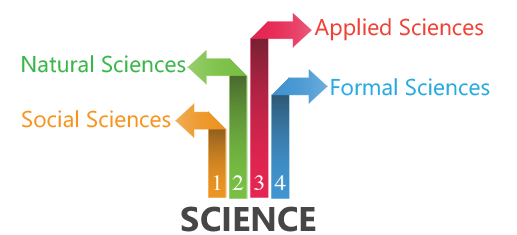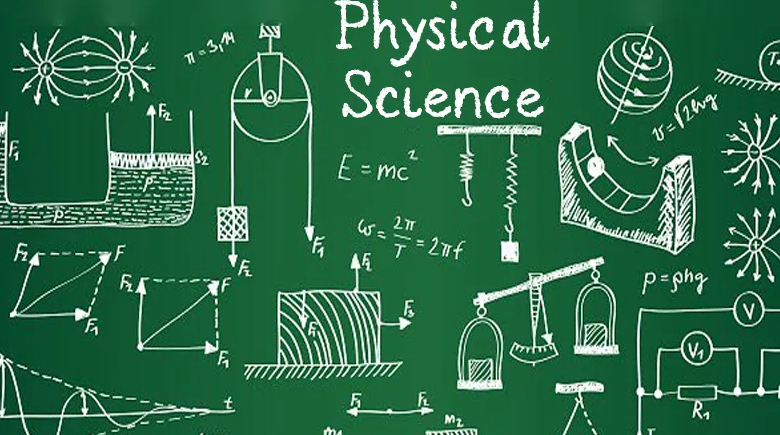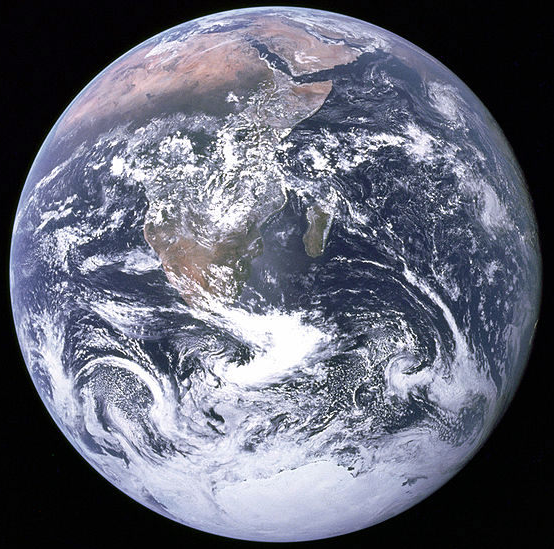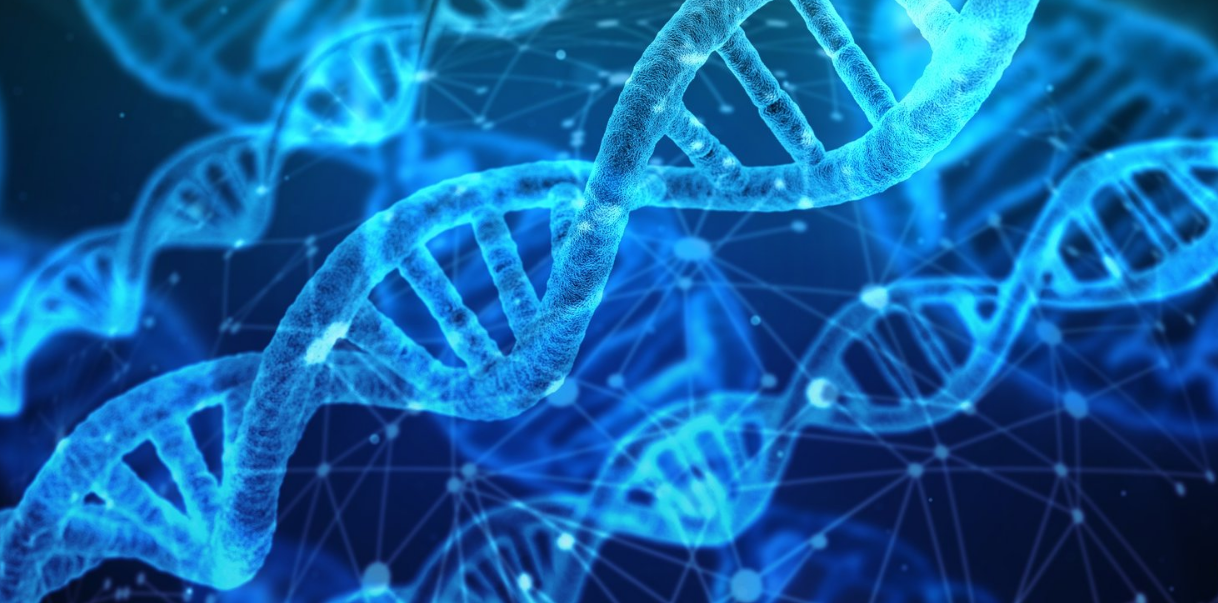Table of Contents
Branches of Science is a systematic study of the nature and manners of an object and the natural universe that is established around measurement, experiment, observation, and formulation of laws.
There are four major branches of science; each branch is categorized in a different type of subject that covers different areas of studies such as chemistry, physics, math, astronomy, etc. The four major branches of science are, Mathematics and logic, biological science, physical science, and social science.
The first branch is mathematics & logic. Mathematics and logic deal with abstract concepts. It goes hand in hand as both are needed in relation to finding out how social sciences and natural sciences work.
They are also both needed in forming laws, theories, and hypotheses. Even scientist needs this branch of science, as they would not come to a conclusion without any formulation.
Women In The 1600s: Jobs, Education, Cloths & More
Correlational Vs Experimental Study: Definition, Types, Design & Examples
Branches of Science
There are three main branches of science: physical science, Earth science, and life science. Let’s talk about each branch and the areas of study within each branch.

Physical science is the study of inanimate natural objects and the laws that govern them. It includes physics, chemistry, and astronomy. In physics, we try to break down the whole universe into a set of fundamental, mathematical laws that explain the smallest things in the universe and the largest.
In chemistry, we study the composition, structure, changes, and properties of matter: focusing on the scale of chemical bonds and reactions. And in astronomy, we study celestial objects, including the origin of the planet on which we live.
Earth science is the study of the Earth and the physical components that make it up: the constitution of the atmosphere, the seas, the land, and how those things are tied together. It includes geology, oceanography, meteorology, and paleontology.
Paleontology, the study of life that lived in prehistoric and geologic periods, has some overlap with the life sciences. And other parts of Earth science have a lot of overlap with physical science.

The Physical Sciences
- Physics: The study of matter and energy and the interactions between them. Physicists study such subjects as gravity, light, and time. Albert Einstein, a famous physicist, developed the Theory of Relativity.
- Chemistry: The science that deals with the composition, properties, reactions, and the structure of matter. The chemist Louis Pasteur, for example, discovered pasteurization, which is the process of heating liquids such as milk and orange juice to kill harmful germs.

The Earth Sciences
- Geology: The science of the origin, history, and structure of the Earth, and the physical, chemical, and biological changes that it has experienced or is experiencing.
- Oceanography: The exploration and study of the ocean.
- Paleontology: The science of the forms of life that existed in prehistoric or geologic periods.
- Meteorology: The science that deals with the atmosphere and its phenomena, such as weather and climate.
The Life Sciences (Biology)
- Botany: The study of plants.
- Zoology: The science that covers animals and animal life.
- Genetics: The study of heredity.
- Medicine: The science of diagnosing, treating, and preventing illness, disease, and injury.

FAQs
What Are The Main 5 Branches Of Science?
There Are 5 Main Branches Of Science:
Physics Is The Study Of Laws And Properties That Govern The Universe, Such As Energy, Waves, Force, Mechanics, Motion, Electricity, And Nuclear Reactions.
Chemistry Is The Study Of Matter And Chemical Reactions And Is Based On The Principles Of Physics.
What Are The 7 Branches Of Science?
- Astronomy- Astronomer. Study Of Planet, Stars, And The Universe.
- Ecology-ecologist. How Living Things Affect Each Other And The Environment.
- Chemistry-chemist. Study Of Materials, Chemicals, And Reaction.
- Biology-biologist.
- Geology-geologist.
- Psychology – Psychologist.
- Physics – Physicist.
What Are The Different Sciences?
The Natural Taxonomy Of The Empirical Sciences Would Break The Sciences Down Into Three Basic Groups:
The Physical Sciences (Physics, Astronomy, Chemistry, Geology, Metallurgy), The Biological Sciences (Zoology, Botany, Genetics, Paleontology, Molecular Biology, Physiology), And The Psychological Sciences.
Who Is The Father Of Science?
Galileo Galilei
Galileo Galilei – Biography Of The Father Of Science Is Highly Recommended For Those Interested In The History And Life Of Galileo Galilei, The “The Father Of Science” And Also For Those Interested In The Way His Contributions Influenced The World.
What Are The 2 Main Branches Of Science?
Natural Science Can Be Divided Into Two Main Branches:
Physical Science And Life Science (Or Biological Science).
Social Sciences: The Study Of Human Behavior And Societies.
Women In The 1600s: Jobs, Education, Cloths & More
Correlational Vs Experimental Study: Definition, Types, Design & Examples
